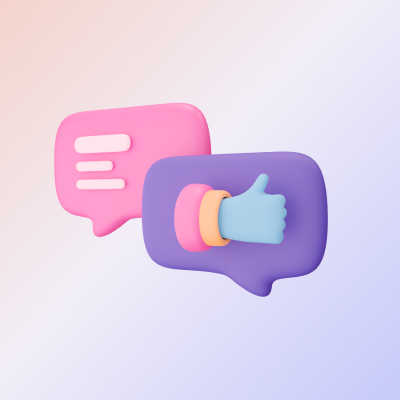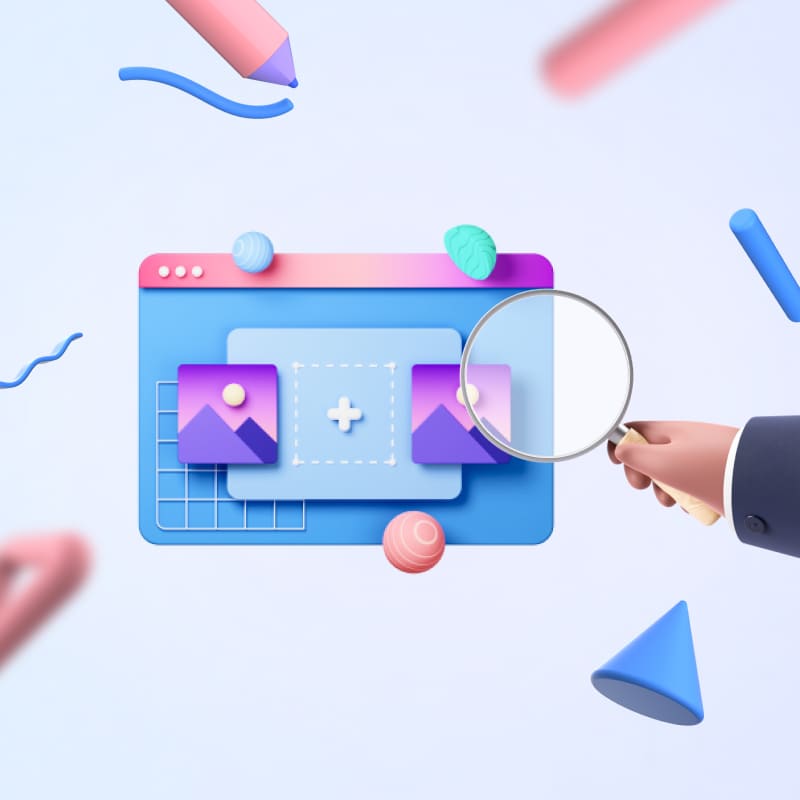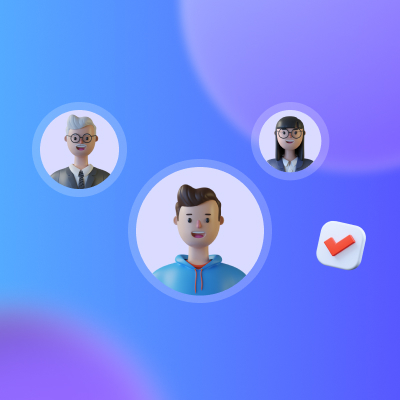
Bias in the workplace is unproductive, unfair and above all, illegal. We want to create the kind of inclusive, supportive workplace that allows staff to thrive.
So, why do we still see bias in the workplace?
Often, it’s not intentional. The real problem is unconscious bias.
We’re going to look at unconscious bias in the workplace; what it is, why it’s a problem, and what we can do to prevent it.
Contents
-
What is unconscious bias?
-
Types of unconscious bias
-
Affinity bias
-
Attribution bias
-
Age bias
-
Beauty bias
-
Confirmation bias
-
-
Effects of bias in the workplace
-
How can we tackle unconscious bias?
-
Have a wider circle of contacts
-
Try to avoid unnecessary information
-
Understand your own bias
-
-
Unconscious bias training
What is unconscious bias?
When we think of bias, and especially “isms” such as racism or sexism, we’re usually thinking of conscious bias. This is where someone would actively say that a particular group of people have a specific negative characteristic. For example — “women can’t work in construction”.
Thankfully, these kinds of ideas are mostly now consigned to the past, alongside dial-up internet and mullet haircuts. They were always a problem, but we’ve moved past many of them today.
Sadly, this doesn’t mean it’s all plain sailing from here. Unconscious bias refers to attitudes and beliefs we may have about others that we’re not aware of.
Unconscious bias comes about because our brains are trying to be efficient. We process a huge amount of data every day, and we have evolved to try to limit the amount of work we have to do to process this. As a result, we take shortcuts based on past experiences and stereotypes without being aware of them.
Implicit bias isn’t something to be ashamed of. We all have our own internal bias. It is, however, something we need to tackle if we’re going to create a great working environment.
Types of unconscious bias
Almost anything you can categorise people on can lead to bias.
Think of unconscious bias as being expectations you hold about people who share a characteristic. Some implicit biases are common in our society, however, it’s worth being aware of these specifically.
Affinity bias
Affinity bias is based on our tendency to treat people who are ‘like us’ better than those who we see as more different.
Attribution bias
This is also known as the Fundamental Attribution Error. We typically perceive our own successes as due to our personal skills and attributes, and our failures as being the result of outside influences such as bad luck.
We typically make the opposite assumption when thinking about others, ascribing their successes to luck and their failures to personal characteristics.
Age bias
We have various assumptions about people based on their age, such as assuming that older people are more conservative or that younger people will be more physically capable. With many generational differences in the workplace, it’s more important than ever to be conscious of these assumptions.
Beauty bias
We tend to ascribe more positive characteristics to people we perceive as conventionally attractive than we do to less physically attractive people.
We might assume that they are more hard-working or honest, for example.
Confirmation bias
We find information that confirms our existing beliefs more convincing than evidence that contradicts it. When it comes to employees and co-workers, we may disregard negative information about someone we like and respect, or ignore hard work done by a colleague we dislike.
Effects of bias in the workplace
Bias in the workplace undermines almost all of our DEI efforts. In doing so, it reduces the benefits we know come from improved diversity, equity, and inclusion.
We’ve probably all seen unconscious bias examples that clearly undermine DEI initiatives.
Implicit biases can easily override efforts to improve diversity in new hires, for instance.
Our carefully designed processes may lead to a diverse candidate pool for each position, but that doesn’t mean much when the person actually hired for the job always fits the same narrow mould.
This represents a genuine cost to organisations, reflected in reduced innovation, poorer staff retention, and overall lower performance.
A similar difficulty can arise with equity, as our implicit bias leads us to assume we know what different groups may require to excel. This represents a barrier to open and honest communication, and can lead to poor employee performance… often reinforcing our original stereotypes.
How can we tackle unconscious bias?
Despite the challenges, the picture for overcoming implicit bias is far from bleak.
There are a lot of things companies and individuals can do to reduce the effect of implicit bias.
Here are some of the important steps you can take to reduce overall implicit bias and limit the impact those biases have.
Have a wider circle of contacts
Biases are a simplistic way of understanding the world, and they remain intact only as long as they are unchallenged. Moving outside of your natural comfort zone and really getting to know colleagues who are different from you can demonstrate the inaccuracy of these beliefs.
Organisations can help create an environment in which these kinds of connections are natural. This might be through encouraging discussion and collaboration between teams, regular social events, seminars, or other gatherings.
Try to avoid unnecessary information
It’s normal to be curious about a candidate, but try to avoid information that is likely to trigger biases before you’ve had a chance to read the relevant parts of their application. This will usually include information such as age, name, sex, disability status, or address.
Companies can go a step further, removing this information from early-stage applications entirely.
Understand your own bias
A manager beginning ‘blind’ recruitment sometimes experience a ‘jolt’ or sense of surprise when learning details about an applicant’s sex, race, or age. This is because the image they have created of the applicant is demonstrated to be incorrect.
This surprise is often an important signal that implicit bias is in play. Spending time thinking about the assumptions we’ve made about a potential future employee can help us to understand, and therefore overcome, our deep-seated biases.
Unconscious bias training
Unconscious bias training can help take our understanding of our personal biases to the next level. Long-term, regular training is the most effective way to overcome these deeply-rooted, unconscious beliefs.
To be successful, unconscious bias training needs to be simple to access and engaging.
Companies need to be able to adapt the training to fit their needs, record employee participation, and roll out training quickly and easily… exactly the kinds of problems My Learning Hub was created to solve.
Talk to My Learning Hub today to set up unconscious bias training your staff will be keen to complete, and that can help build the kind of inclusive culture your company needs.










